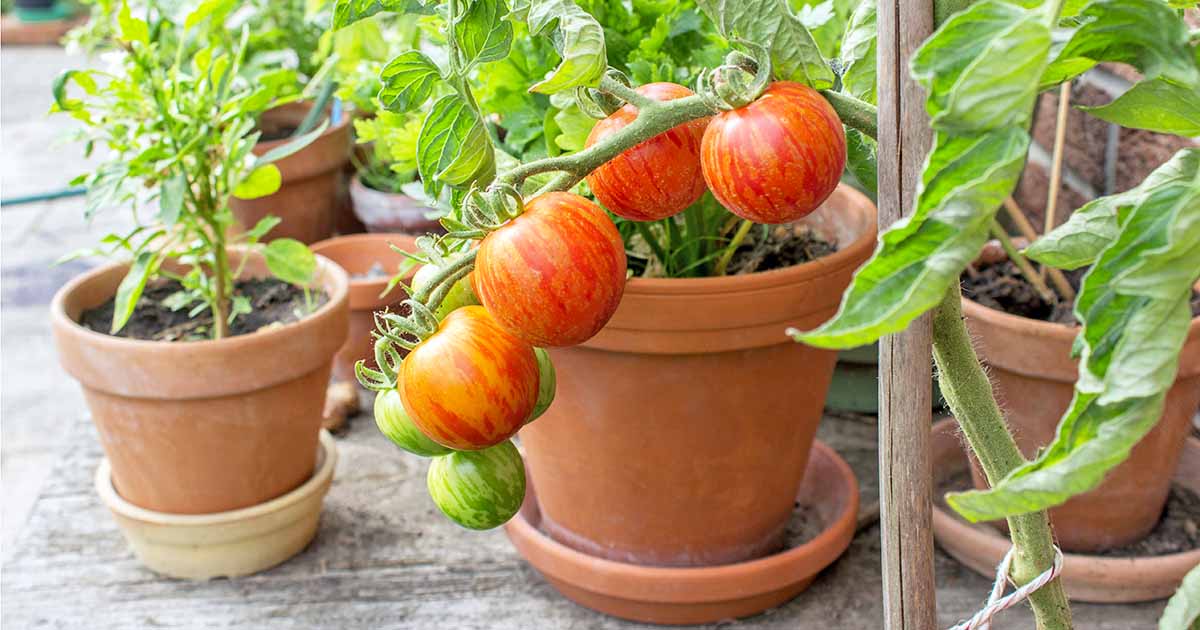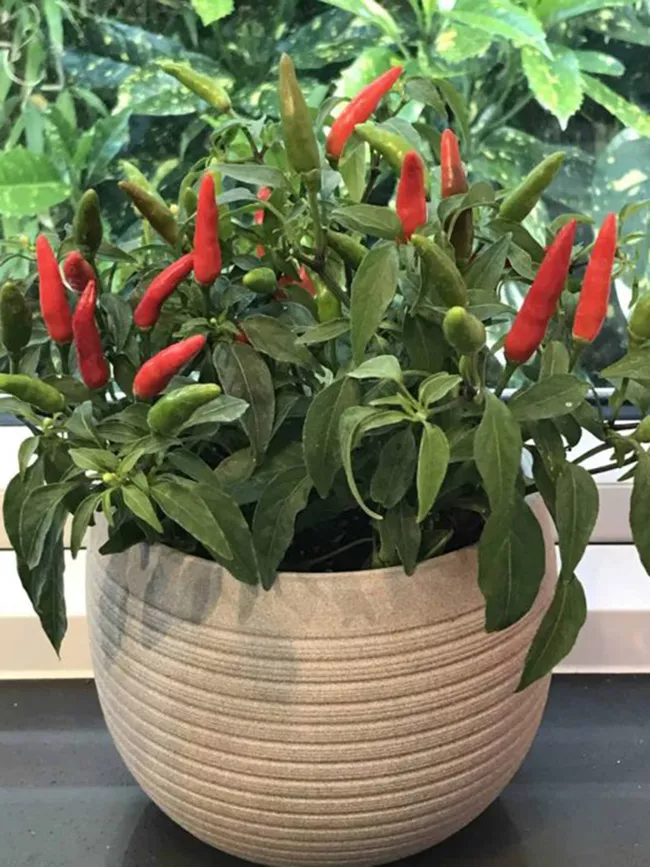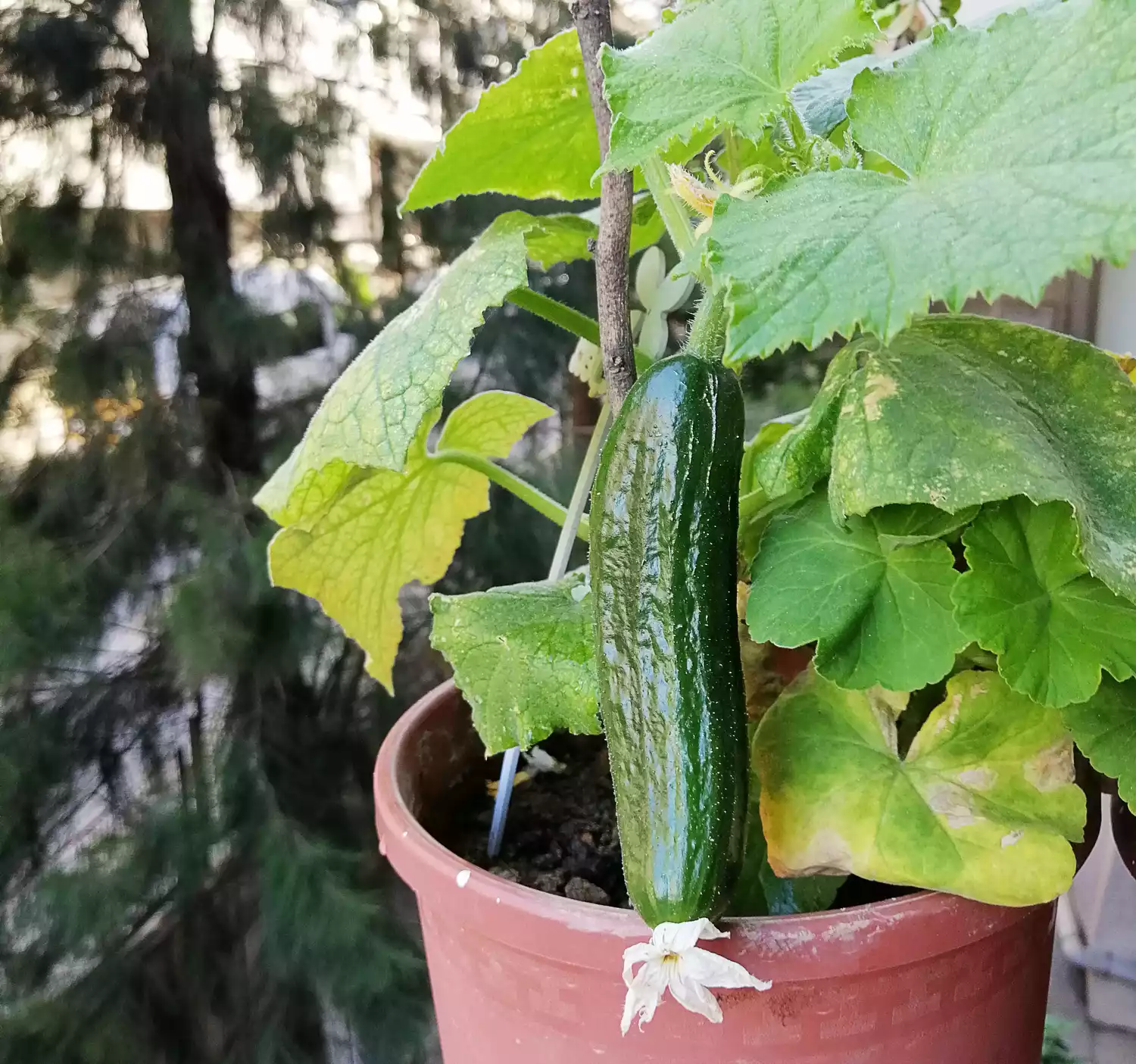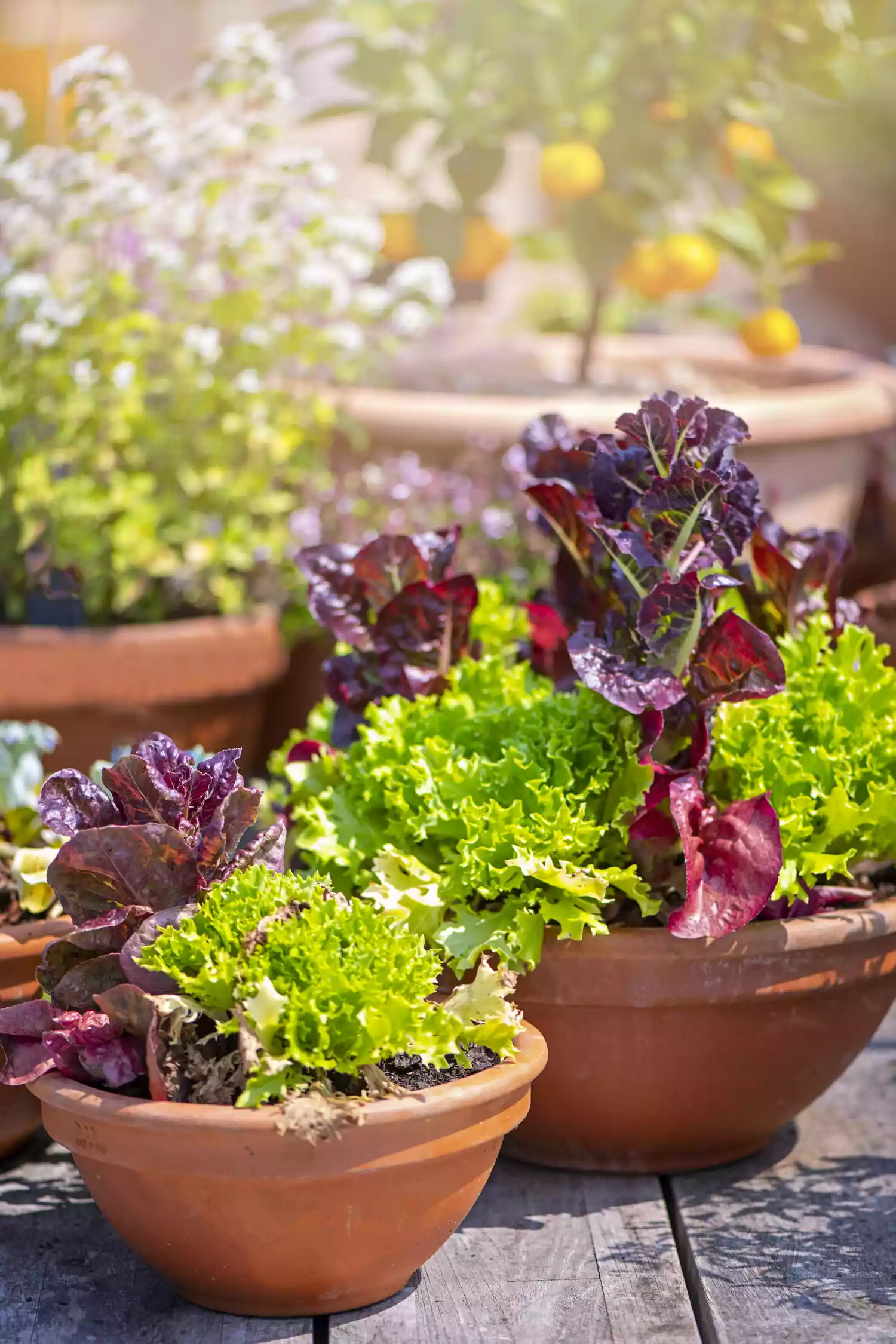
Container gardening is a smart way to add growing space without having to create new garden beds. You can enjoy fresh veggies anywhere you have lots of sun on your patio, deck, or balcony. Plus, you won’t have to struggle with poor soils, such as heavy clay or sand, because you’ll fill containers with the potting mix of your choice. Container gardens also warm up faster than garden beds to give you a jumpstart on the growing season.
You can grow almost any vegetable in containers, although some do better than others, especially those labeled as compact or dwarf varieties. Bonus: Containers help keep your veggies out of the reach of hungry garden visitors, such as rabbits.
Raised containers also make gardening easier for anyone with mobility issues (no more bending way over to reach the ground!). Containers with wheels or the use of plant dollies also makes moving pots less awkward, and you can roll your pots to follow the course of the sun throughout the day, if necessary.
Here’s what you need to grow vegetables in containers, as well as the best varieties for container gardening in the South:
- Sunlight: Most vegetables require full sun. Place your container where it receives 6 or 8 hours of direct sunlight per day.
- Water: Containers dry out more quickly than in-ground plantings and may need watered daily, or even twice a day, as plants mature. Ideally, containers should be within reach of your garden hose, which is less tedious than lugging heavy watering cans all over the place. Or consider investing in self-watering containers, which have reservoirs that last for several days.
- Fertilizer: Feed with an extended release granular product or liquid fertilizer when you water, according to package instructions. Regular feeding is necessary because nutrients tend to leach out of pots quickly.
- Pot Size: Tomatoes, peppers, and eggplants do best with containers that hold at least five gallons of soil, while shallow-rooted plants, such as greens and herbs are fine in pots that hold a gallon of soil. Also, the shallower the pot, the faster it will dry out, especially as plants mature.
- Pot Material: Porous materials, such as clay and fabric grow bags, dry out more quickly than materials such as plastic. Dark-colored materials also absorb more heat and need watered more often, so choose light-colored pots, if possible. Finally, make sure pots have drainage holes so excess water can run out.
- Soil Type: Use a potting soil mixture for best results.
With top picks from All-America Selections (AAS), which trials seed performance for home gardeners, Burpee, Johnny’s Selected Seeds, and university coop extension services at Alabama A&M and Auburn, Louisiana State University, and Texas A&M University, here are the best heat-tolerant vegetables to grow in containers in the South:
Pepper

- Botanical Name: Capsicum annuum
- Sun Exposure: Full sun
- Soil Type: Well-draining, rich
- Soil pH: Neutral (6.0 to 8.0)
Both hot and sweet peppers thrive in containers and add color and flavor to your harvest. They do especially well in self-watering containers to deliver a steady level of moisture. They love hot weather, so don’t plant them in containers until all danger of frost has passed.
Best Container Varieties for the South:
- Pepper Quickfire (AAS winner)
- Prism Midi Bell
- Milena
- Nassau
Cucumber

- Botanical Name: Cucumis sativus
- Sun Exposure: Full sun
- Soil Type: Well-draining, rich
- Soil pH: Neutral (6.0 to 8.0)
Cucumbers are vining plants that usually take up a great deal of room in the garden. But new varieties have been bred specifically for containers. Because cukes need warm soil to germinate and grow, plant seeds in the garden after the last frost. A small trellis in your container will help keep the fruit off the soil to prevent disease.
Best Container Varieties for the South:
- Patio Snacker (AAS winner)
- Cucumber Quick Snack
Lettuce

- Botanical Name: Lactuca sativa
- Sun Exposure: Full sun to part shade
- Soil Type: Well-draining, rich
- Soil pH: Neutral (6.0 to 8.0)
With shallow roots, lettuce is perfect for containers. Lettuce loves cool weather and does best in spring and fall. Plant seeds in spring two weeks before the last frost, then every few weeks to ensure a steady supply. In the fall, plant a few months before the first expected frost. If growing lettuce throughout the summer, give it just a few hours of sun, then shade it the rest of the day. Keep the soil slightly moist.
Best Container Varieties for the South:
- Lettuce Bauer (AAS winner)
- Muir
- Magenta
- Cherokee





